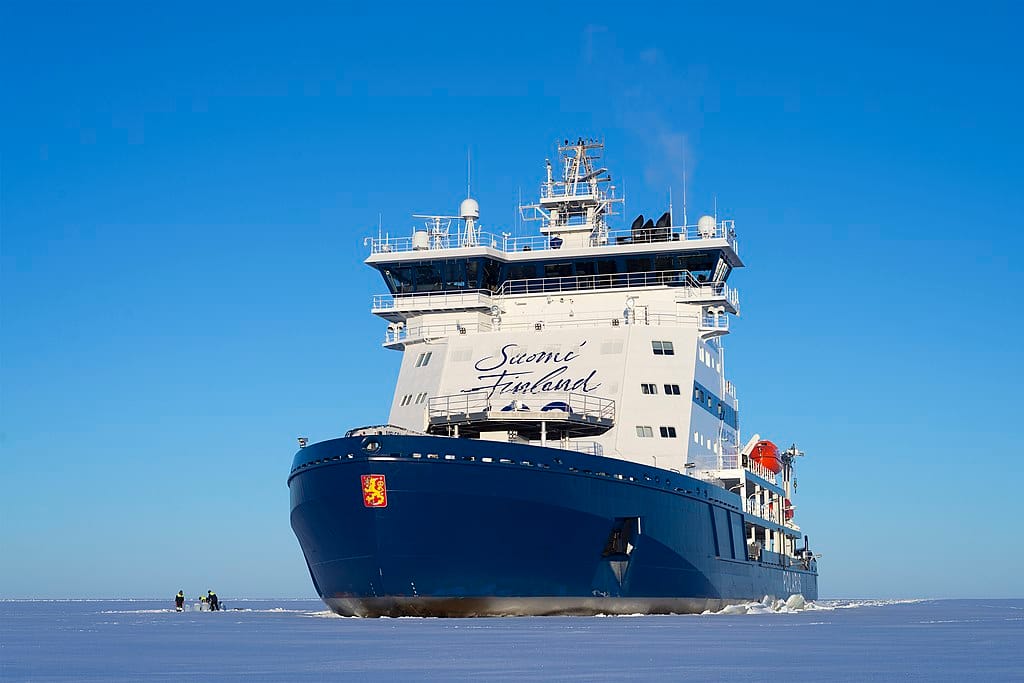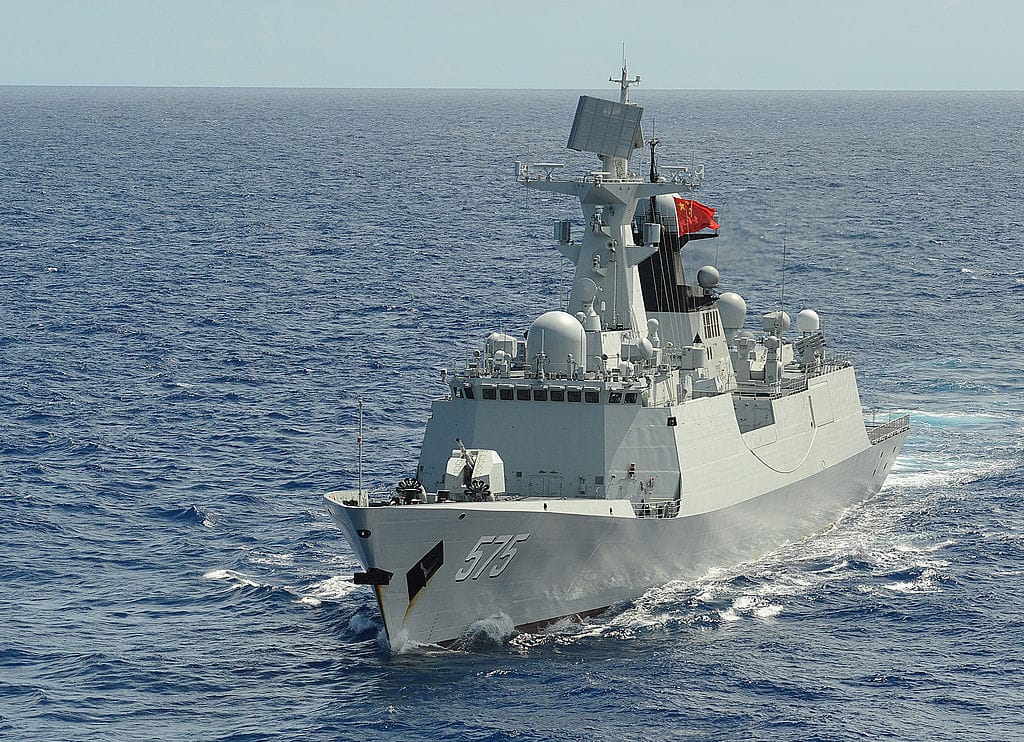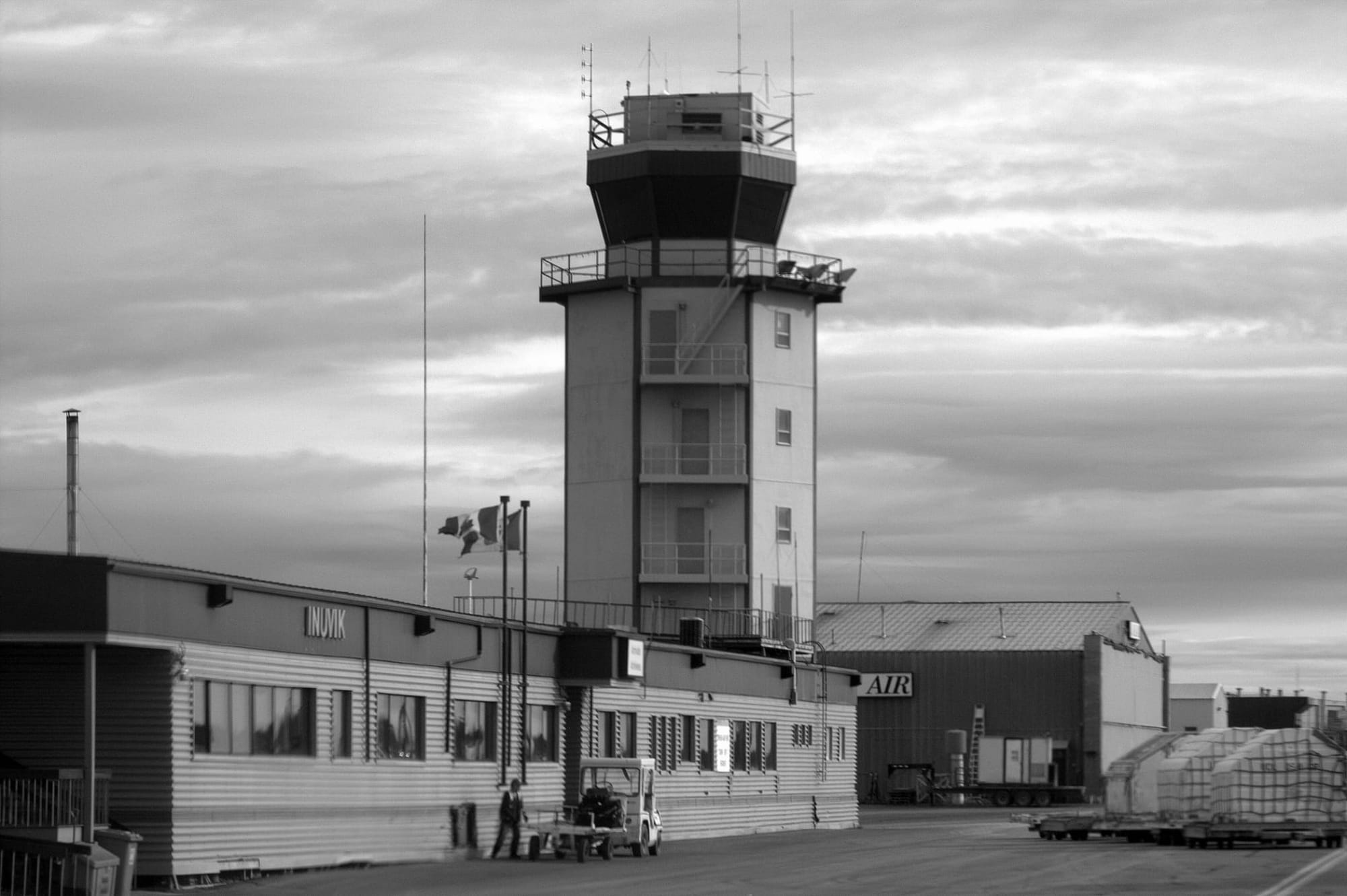The Arctic Debrief: Canada, Finland, and US sign agreement on icebreaker construction
In this edition of The Arctic Debrief: Russia begins sea trials of its first combat icebreaker, Sweden orders 10 CB90 combat boats, a heavy fuel oil ban comes into effect in the Arctic, and more...

In this edition:
- Canada, Finland, and US sign agreement on icebreaker construction
- Chinese ships spotted near Alaska lead to calls for increased Arctic security
- Canadian Government buys private Arctic airfield to deny China and Russia purchase
Latest Developments
Canada, Finland, and US sign agreement on icebreaker construction

A trilateral agreement, called the "ICE pact," has been signed by Canada, Finland and the US to cooperate on the construction of Arctic icebreakers. The pact was made in direct response to Chinese and Russian cooperation in developing their Arctic ice breaking capabilities.
A strategic plan will be released within the next 6 months and detail how the three countries will collaborate to strengthen their shipbuilding industries. The countries hope to develop their domestic shipyards to build a total of 70-90 icebreakers over the coming years.
The agreement will see the three countries sharing shipbuilding expertise and sharing workers to maximize efficiency. The icebreakers will be available for purchase by allied states.
Chinese ships spotted near Alaska lead to calls for increased Arctic security

Three Chinese warships were spotted by a US Coast Guard patrol ship while monitoring waters around Alaska, said the Coast Guard in a July 10 statement. The Chinese vessels were within international waters, but extremely close to the US's exclusive economic zone. Shortly after a Coast Guard helicopter spotted another Chinese warship.
The vessels were spotted about a week after Russia and China began its joint naval exercise. A similar exercise took place last year with the two countries forming a 10-ship flotilla and making multiple passes by Alaska.
Following these sightings the U.S. Senator Dan Sullivan called on the US government to increase its presence in the Arctic in response to China. Others have called for the US to improve capabilities to monitor its Arctic waters.
Options considered by other countries to monitor their Arctic region includes airborne and maritime drones, sensor buoys, and surveillance aircraft.
Canadian Government buys private Arctic airfield to deny China and Russia purchase

The federal government has purchased a $8.6-million privately owned aircraft hangar in the Arctic community of Inuvik, N.W.T., located nearby a NORAD facility. The NORAD base hosts continental air-defence infrastructure and satellite ground stations that have drawn interest from China and Russia.
The Canadian government acquired the site to prevent the sale of this site to China and Russia. Allegedly, the site was visited by potential buyers with connections to the Chinese and Russian governments. It is likely that the US government put pressure on Canada to go through with the purchase.
The NORAD base near the private aircraft hangar is the only forward operating base in the Canadian Arctic with a paved runway capable of launching fighter aircraft. It has enough space to house 6 fighter jets.

